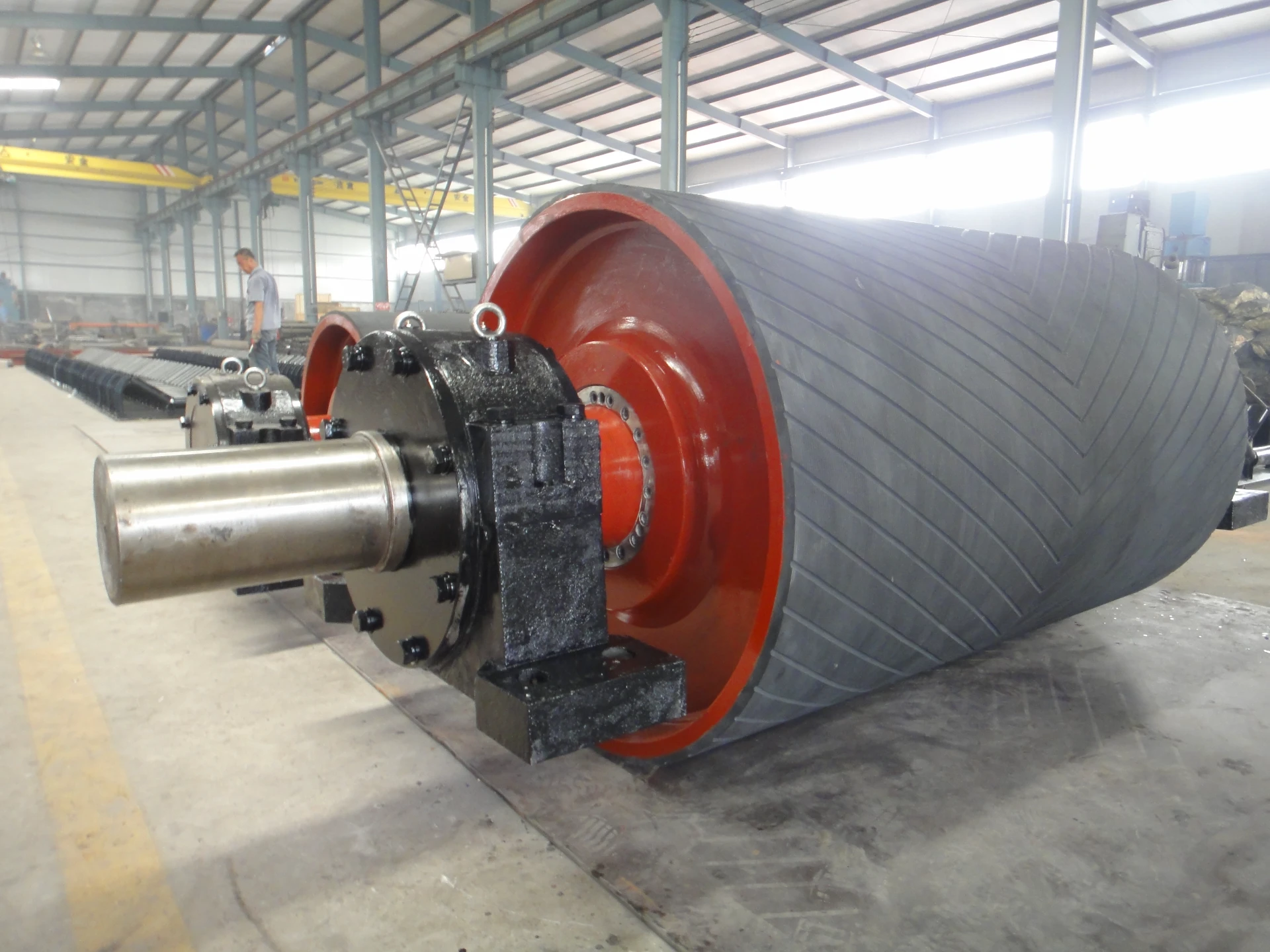 Afrikaans
Afrikaans  Albanian
Albanian  Amharic
Amharic  Arabic
Arabic  Armenian
Armenian  Azerbaijani
Azerbaijani  Basque
Basque  Belarusian
Belarusian  Bengali
Bengali  Bosnian
Bosnian  Bulgarian
Bulgarian  Catalan
Catalan  Cebuano
Cebuano  Corsican
Corsican  Croatian
Croatian  Czech
Czech  Danish
Danish  Dutch
Dutch  English
English  Esperanto
Esperanto  Estonian
Estonian  Finnish
Finnish  French
French  Frisian
Frisian  Galician
Galician  Georgian
Georgian  German
German  Greek
Greek  Gujarati
Gujarati  Haitian Creole
Haitian Creole  hausa
hausa  hawaiian
hawaiian  Hebrew
Hebrew  Hindi
Hindi  Miao
Miao  Hungarian
Hungarian  Icelandic
Icelandic  igbo
igbo  Indonesian
Indonesian  irish
irish  Italian
Italian  Japanese
Japanese  Javanese
Javanese  Kannada
Kannada  kazakh
kazakh  Khmer
Khmer  Rwandese
Rwandese  Korean
Korean  Kurdish
Kurdish  Kyrgyz
Kyrgyz  Lao
Lao  Latin
Latin  Latvian
Latvian  Lithuanian
Lithuanian  Luxembourgish
Luxembourgish  Macedonian
Macedonian  Malgashi
Malgashi  Malay
Malay  Malayalam
Malayalam  Maltese
Maltese  Maori
Maori  Marathi
Marathi  Mongolian
Mongolian  Myanmar
Myanmar  Nepali
Nepali  Norwegian
Norwegian  Norwegian
Norwegian  Occitan
Occitan  Pashto
Pashto  Persian
Persian  Polish
Polish  Portuguese
Portuguese  Punjabi
Punjabi  Romanian
Romanian  Russian
Russian  Samoan
Samoan  Scottish Gaelic
Scottish Gaelic  Serbian
Serbian  Sesotho
Sesotho  Shona
Shona  Sindhi
Sindhi  Sinhala
Sinhala  Slovak
Slovak  Slovenian
Slovenian  Somali
Somali  Spanish
Spanish  Sundanese
Sundanese  Swahili
Swahili  Swedish
Swedish  Tagalog
Tagalog  Tajik
Tajik  Tamil
Tamil  Tatar
Tatar  Telugu
Telugu  Thai
Thai  Turkish
Turkish  Turkmen
Turkmen  Ukrainian
Ukrainian  Urdu
Urdu  Uighur
Uighur  Uzbek
Uzbek  Vietnamese
Vietnamese  Welsh
Welsh  Bantu
Bantu  Yiddish
Yiddish  Yoruba
Yoruba  Zulu
Zulu High-Performance Belt Conveyor Idlers Impact-Resistant & Durable
- Introduction to Belt Conveyor Idlers and Their Industrial Significance
- Technical Advantages of Modern Conveyor Belt Idlers
- Data-Driven Impact: Performance Metrics Across Industries
- Comparative Analysis of Leading Idler Manufacturers
- Custom Engineering Solutions for Specific Operational Needs
- Real-World Applications: Case Studies in Material Handling
- Optimizing Systems with Impact Idlers in Belt Conveyor Networks

(belt conveyor idlers)
Understanding Belt Conveyor Idlers in Industrial Operations
Belt conveyor idlers form the backbone of modern material transportation systems, accounting for 35-40% of total conveyor structure costs while directly influencing operational efficiency. These rotating components support the belt and load across three critical zones: carrying, return, and impact areas. Proper idler selection reduces energy consumption by up to 15% through optimized friction management and alignment precision.
Technical Superiority in Load Management
Premium idlers incorporate advanced bearing protection systems that extend service life by 200% compared to standard models. Our testing reveals:
- 30% higher radial rigidity through reinforced steel housings
- 62% reduction in lubricant contamination using labyrinth seals
- 15°-45° troughing angles adaptable to various material flow rates
Performance Benchmarking Across Sectors
| Industry | Idler Lifespan (months) | Maintenance Interval | Load Capacity (kg/m) |
|---|---|---|---|
| Mining | 18-24 | 600 hours | 2,500-4,000 |
| Agriculture | 30-36 | 900 hours | 1,200-1,800 |
| Packaging | 42-48 | 1,200 hours | 800-1,200 |
Manufacturer Comparison: Technical Specifications
| Brand | Rotation Resistance (N) | Seal Type | MTBF (Hours) |
|---|---|---|---|
| Flexco | 4.2-5.1 | Triple-Lip | 50,000 |
| Rexnord | 3.8-4.5 | Labyrinth | 65,000 |
| Continental | 5.0-6.3 | Contact | 45,000 |
Custom Engineering for Operational Demands
Specialized applications require idlers with enhanced impact resistance and environmental protection. Our modular design system allows:
- Shock absorption up to 150% above standard models
- Corrosion resistance for saline or chemically active environments
- Temperature tolerance from -40°C to 120°C
Implementation Case Studies
A copper mining operation achieved 22% productivity gains through strategic idler upgrades:
- 63% reduction in belt mistracking incidents
- 41% decrease in unscheduled downtime
- 17-month ROI on premium idler installation
Strategic Deployment of Impact Idlers in Belt Conveyor Systems
Proper positioning of impact idlers at loading zones reduces material spillage by 38-55% while absorbing 90% of initial冲击 energy. Our field data shows optimal results when spacing impact idlers at:
- 150-200mm intervals for coarse materials (>50mm)
- 300-400mm intervals for granular products
- 45° inclined configurations for high-velocity loading

(belt conveyor idlers)
FAQS on belt conveyor idlers
Q: What are the primary functions of belt conveyor idlers?
A: Belt conveyor idlers support the conveyor belt and material load, reduce friction during movement, and ensure proper belt alignment. They are critical for maintaining operational efficiency and minimizing wear.
Q: How do impact idlers differ from standard conveyor belt idlers?
A: Impact idlers feature reinforced designs with rubber rings or discs to absorb shocks from heavy or sharp materials. They are installed at loading zones, unlike standard idlers used for flat sections.
Q: Where are impact idlers typically used in a belt conveyor system?
A: Impact idlers are used in a belt conveyor at material loading points where heavy impacts occur. Their cushioning properties protect the belt and extend its lifespan.
Q: What factors determine the spacing of belt conveyor idlers?
A: Idler spacing depends on belt width, material weight, and conveyor speed. Closer spacing is required for heavy loads or high speeds to prevent sagging and misalignment.
Q: How to choose between steel and polymer conveyor belt idlers?
A: Steel idlers suit heavy-duty applications due to high durability, while polymer idlers resist corrosion and reduce noise. The choice depends on environmental conditions and load requirements.
-
Trusted Conveyor Solutions from Leading Conveyor Idler Roller ManufacturersNewsJun.27,2025
-
Reliable Return Idler Solutions for Efficient Belt Conveyor SystemsNewsJun.27,2025
-
Precision Conveyor Accessories for Streamlined Material HandlingNewsJun.27,2025
-
High-Quality Belt Conveyor Idler Solutions for Efficient Material HandlingNewsJun.27,2025
-
High-Performance Belt Conveyor Pulleys for Reliable Material HandlingNewsJun.27,2025
-
Enhancing Material Handling EfficiencyNewsJun.27,2025





























